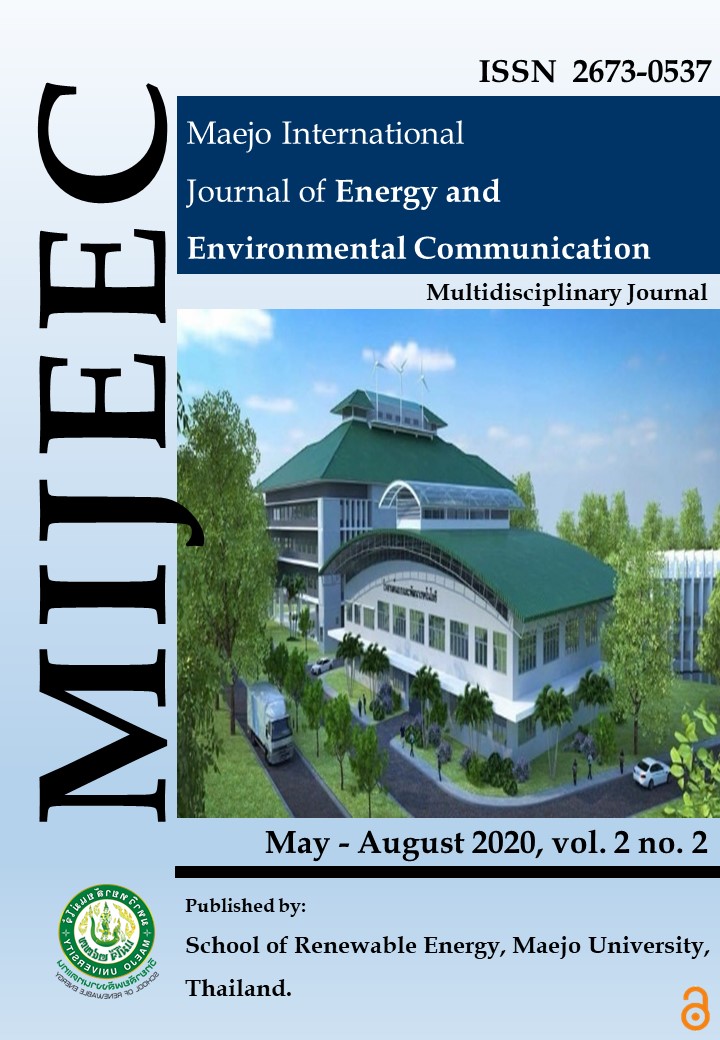Development of wound healing spray from keratin protein
Main Article Content
Abstract
Wound healing spray was developed from keratin protein extracted from a chicken feather in the study. Keratin is the most abundant protein in epithelial cells. Keratin was proven for wound healing ability because it can activate the keratinocyte in the skin responsible for wound healing. However, keratin wound healing spray is new to the market and has the potential to heal the wound gentle and pain-free. This study synthesized the keratin wound healing spray from chicken feathers and determined the character of the keratin wound healing spray. Keratin protein was extracted from chicken feathers. The extracted keratin solution was concentrated to the desired concentration by a rotary evaporator. The wound healing spray was synthesized by mixing the desired antimicrobial agent with keratin solutions like manuka honey, Garcinia Mangostana L., caprylyl glycol, ethylhexylglycerin and propylene glycol at a concentration of 13.0 w/w%, 0.5 w/w%, 1.0 w/w%, 2.0 w/w% and 2.0 w/w%, respectively, and the characteristic was determined. The result has shown that the keratin protein is maintained in the wound healing spray after mixing with an antimicrobial agent according to the formulation from the FTIR result. The wound healing spray does not contain heavy metals like cadmium and lead. Still, copper, iron and zinc were present within the maximum daily level of vitamins and minerals for adults allowed in health supplements by the National Pharmaceutical Regulatory Division of Malaysia. The pH of the keratin wound healing spray was maintained at a pH of around 5.5. The density and the viscosity of the keratin wound healing spray were higher than the deionized water. In conclusion, the Keratin wound healing spray was synthesized, and it is safe for the consumer. The wound healing ability of the keratin wound healing spray needs to carry out the in vivo clinical test for future study.
Article Details
Copyright © 2019 MIJEEC - Maejo International Journal of Energy and Environmental Communication, All rights reserved. This is an open-access article distributed under the terms of the Creative Commons Attribution-NonCommercial- Attribution 4.0 International (CC BY 4.0) License






